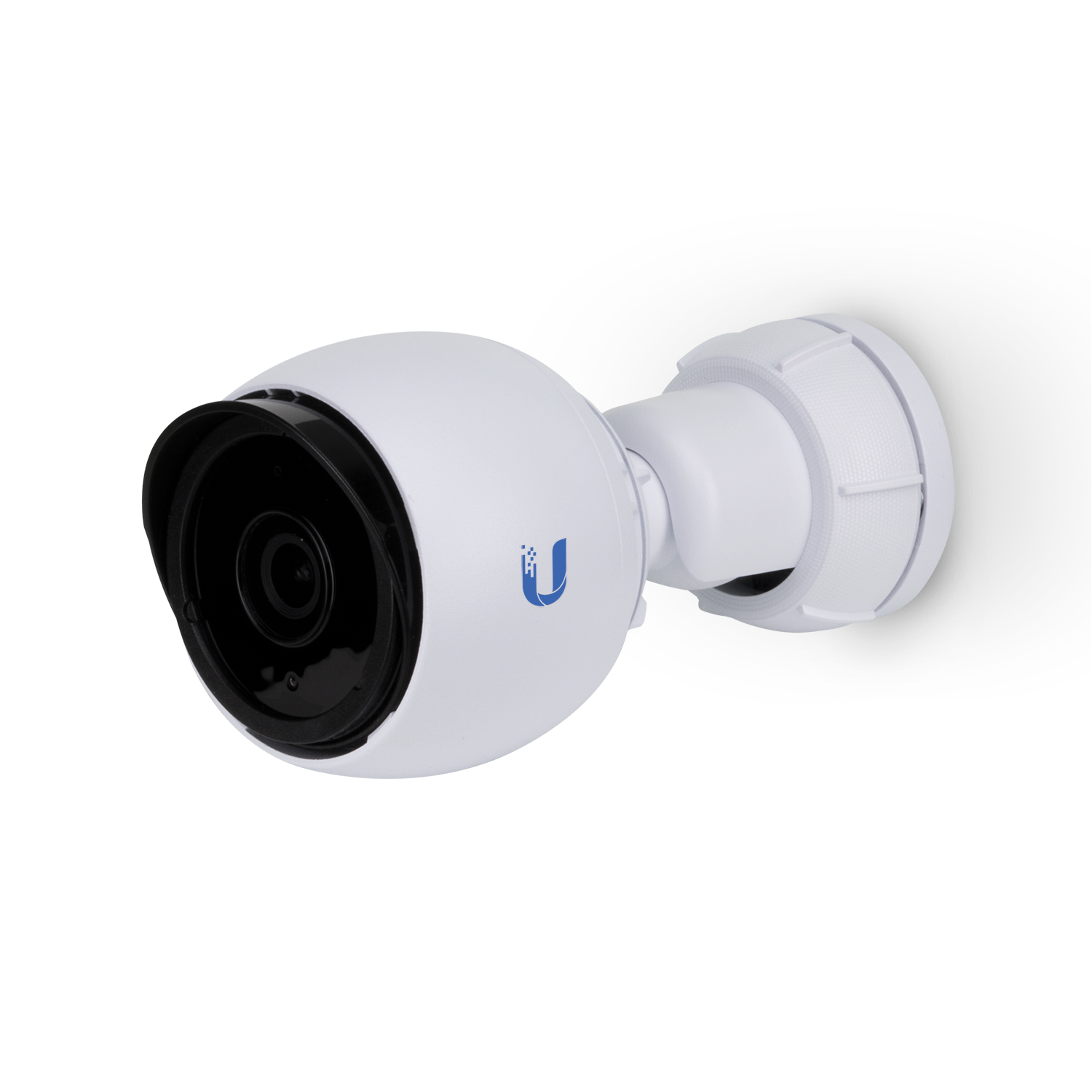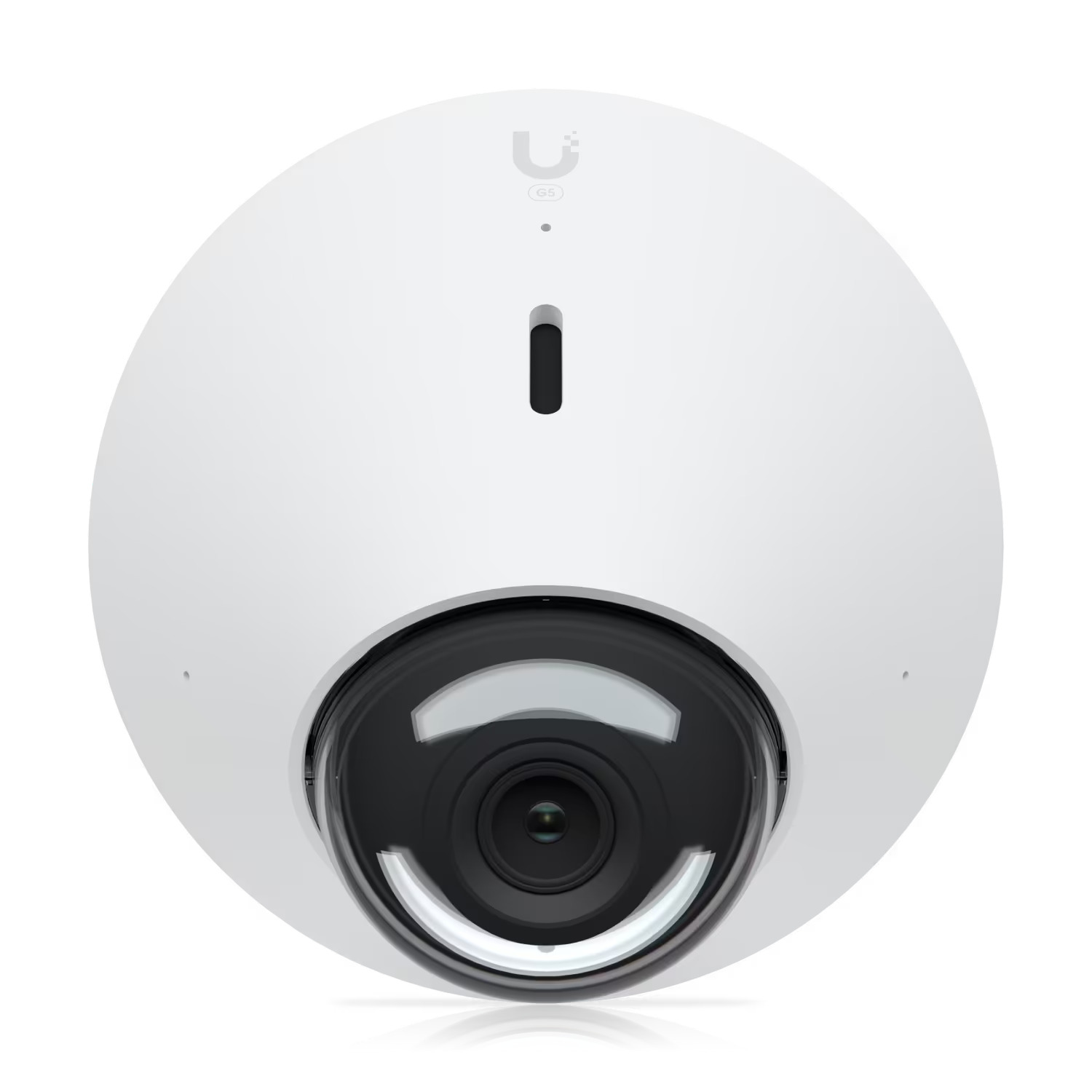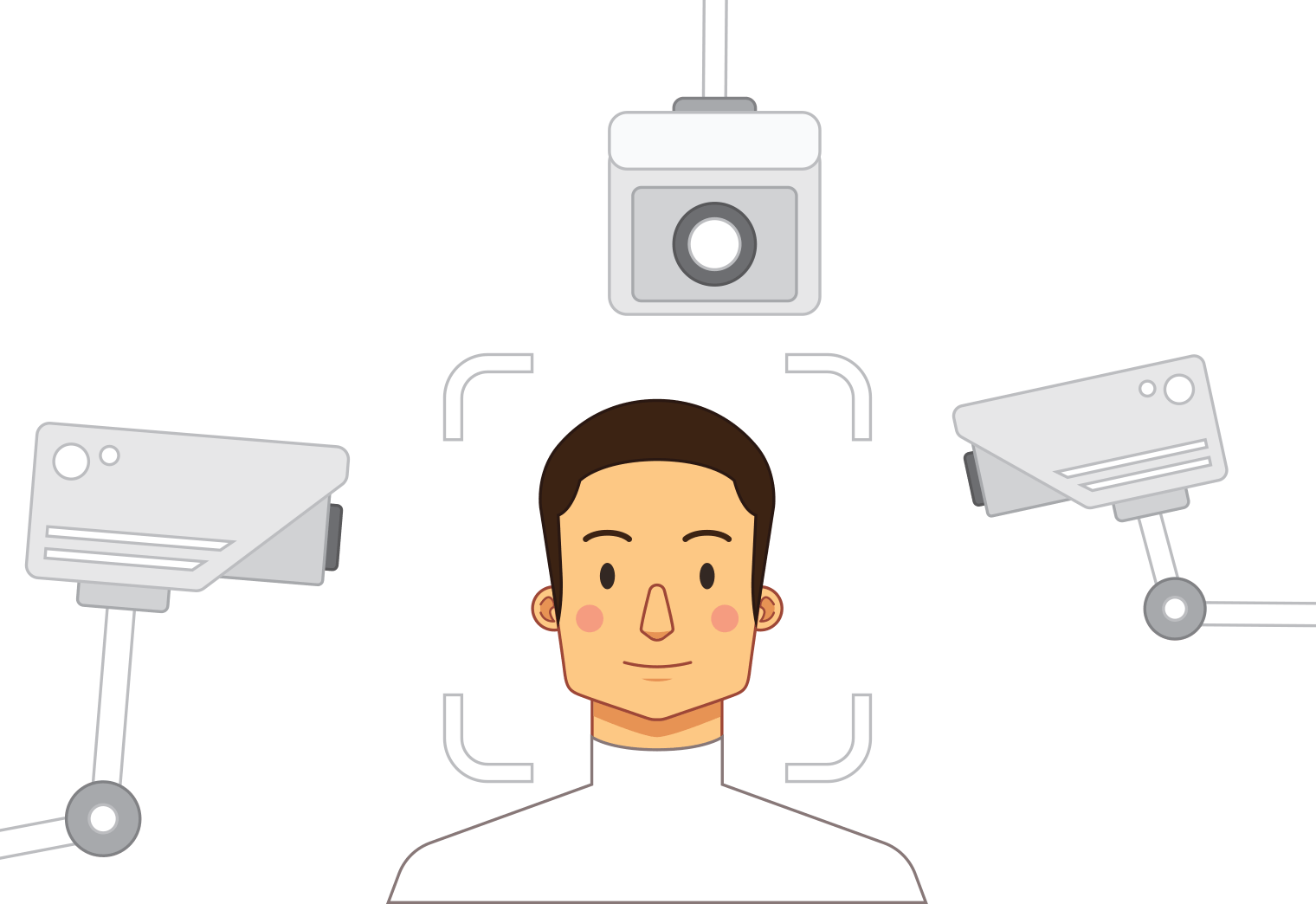When it comes to business security, there’s no more cost-effective investment than a set of security cameras. Serving dual roles as both deterrent and means of capturing evidence in the event of a break-in, IP cameras can help you protect your assets, your data and your intellectual property.
Choosing the right model isn’t always easy, though. Especially before you’ve educated yourself as to the different types of cameras available and the pros and cons of each.
In this article, we’ll be taking you through the basics of the two most popular and effective styles of surveillance cameras available: bullet and dome cameras.
What is a Bullet Camera?
Bullet cameras are named after their elongated design which allows these cameras to accommodate a more telescopic style of zoom lens. With such a lens, varifocal bullet cameras can often achieve great image quality even when zoomed in to the max and situated far from the area of interest. This does, however, also result in a necessarily narrower field of view than a camera with a less telescopic lens would have (like a dome camera, for example).
The combination of great zoom range and a narrower field of view (which, incidentally, is part of what helps to preserve image quality when zoomed in further) makes bullet cameras particularly adept at capturing detail at key locations, for example when aimed directly at points of entry and exit to a building.

Pros of Bullet Cameras
- High zoom capabilities
- Resists loss of picture quality during zoom
- Often strongly vandal- and weather-proof
- Conspicuous - an effective deterrent
- Good IR performance
Cons of Bullet Cameras
- Narrower field of view - blind spots
- Conspicuous (can be avoided by determined burglars)
What is a Dome Camera?
Dome cameras are shaped like, well, domes, which makes them easy to recognise. They’re smaller and more squat than bullet cameras, with a dome of glass covering the camera’s components.
Versus bullet IP cameras, domes specialise in offering a wide field of view, giving a great overview of a large area with minimal adjustment required. Dome cameras are usually low in profile and relatively discreet, blending in well with a building’s profile.
Dome cameras should not be confused with PTZ cameras, which are pricier and more powerful, offering the best of both bullets and domes, oversight of a huge area, as well as a high range zoom with great image quality.
Recently, an evolution of dome cameras has emerged. Turret cameras, as they’re known, feature a lens and IR sensor that are housed separately with no protective glass dome. This reduces or eliminates IR bounceback from the inside of the glass dome, resulting in better low-light performance but less impact resistance and vandal-proofing. Not every brand currently features a turret camera in its lineup and some manufacturers have attempted different means of achieving the same end.

Pros of Dome Cameras
- Wider field of view, greater area coverage with fewer cameras
- Can be mounted on the ceiling (if 3-axis gimbal)
- Discreet and low-profile, can catch out burglars
Cons of Dome Cameras
- Prone to degradation if subject to high humidity or poor weather (condensation)
- IR performance issues in some models
- Harder to install and orient initially
Bullet and Dome Cameras | Main Differences
Areas of Effectiveness
The principal design qualities of bullet cameras and dome cameras mean they lend themselves best to different areas of application. As already discussed in brief, bullet cameras are more conspicuous as a result of their extruded shape. Even in low light conditions, a bullet camera will cut a silhouette against the side of a building, making it clear that possible points of entry are being watched - even to those observing from a distance.
Also, bullet cameras are most effective for observing smaller, more specific areas. Whilst dome cameras are blessed with a wider field of view, they tend to lack the zoom power of bullet cameras. Also, once installed, bullet cameras take quite a lot of work to reposition. For these reasons, bullet cameras are best used to monitor one key location closely over time.
Dome cameras can also be difficult to reposition, but their naturally wider field of view makes the initial setup process more forgiving. It’s this wider field of view that makes dome cameras great for monitoring a larger area at lower resolution. Detail in any one portion of the image will be lower than it would be with a bullet camera targeting that location specifically, but you’ll be able to effectively monitor a wider area with a single camera.
Dome cameras are also much lower profile than bullet cameras, meaning they can become effectively invisible in dark environments. As a result, dome cameras can be invaluable in catching criminals unawares. For this reason, they can be more effective when installed inside the perimeter of an area, whilst bullet cameras might be utilised more on that perimeter as a deterrent.
Installation Process
The installation process for both bullet and dome cameras is similar. Various mounting brackets and junction boxes are available for IP cameras, giving you some options, but you’ll typically be able to screw the base of the camera directly into the surface you’re mounting it on. Use wall plugs for brick or plasterboard if necessary.
Once screwed in, dome cameras can be trickier to orient than bullets. You’ll need to remove the glass dome and manually turn the lens until it’s oriented correctly. If mounting on a wall, you’ll need to ensure the dome camera you’ve chosen has a 3-axis gimbal. This way, you’ll be able to rotate the lens itself (rather than just pan the camera horizontally) to re-orient the camera so the image is the right way up.
Camera Range
Both fixed and varifocal lens types are available for dome and bullet cameras. Varifocal types will be required if you want to zoom. Look at the variability in the lens length to determine just how enlarged the final image will be.
If you want pure range whilst retaining image quality as best as possible, you’ll want to use a varifocal bullet camera. Why? Cameras with a narrower field of view, all else being equal, will retain image quality better when zoomed in further.
In conclusion, both bullet and dome cameras have their advantages depending on the situation. Most installations will require a combination of bullet and dome cameras to achieve the tightest security.
If you’re interested in learning more about IP cameras, please don't hesitate to contact us directly with further questions or navigate directly to our IP Cameras products section.


